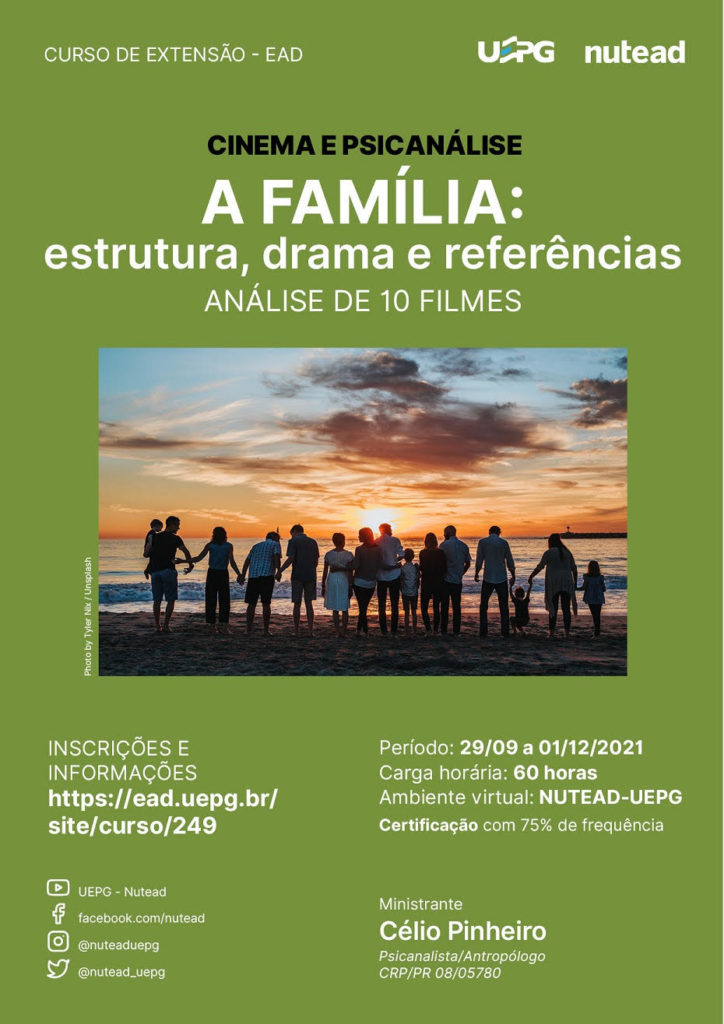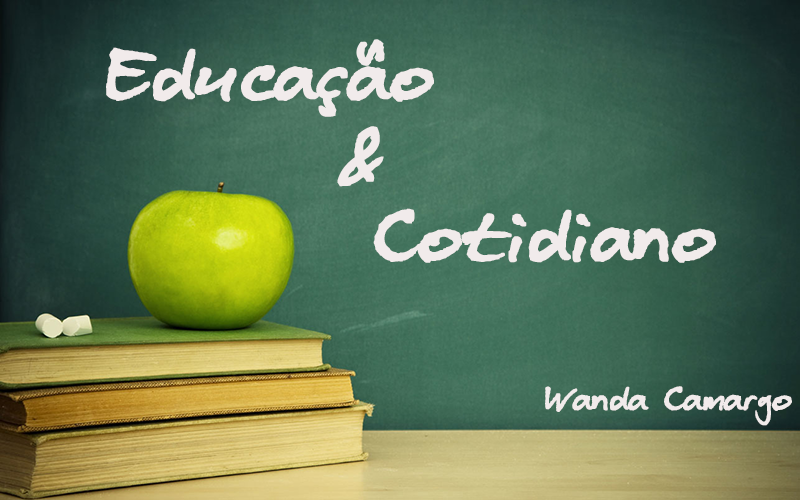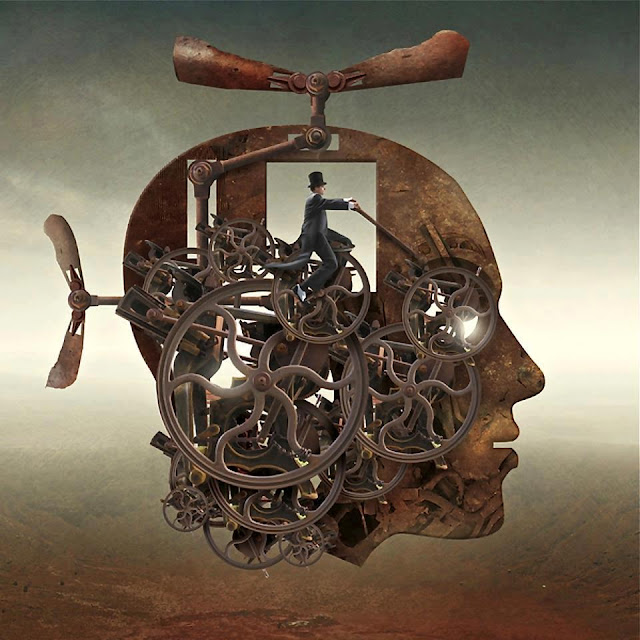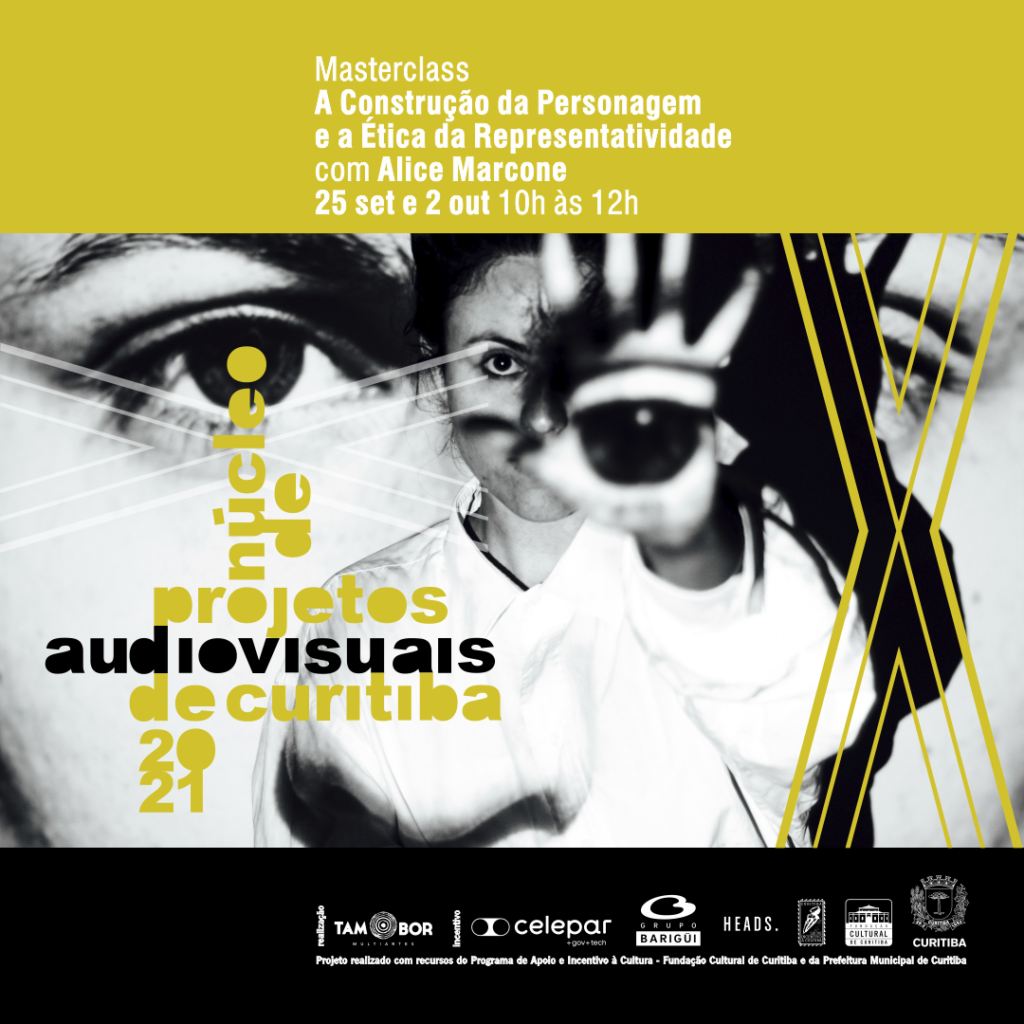AUTHOR: Fernando Bruno A. Molina Benites*
Learning how to prepare a stuffed paratha; knowing about the latest political controversial in Mianmar; figuring out ancient Macquarie Island’s tribes’ rites; knowing that one of the Kardashians got divorced, or discovering the profession that best fits one’s interests and lifestyle.
If you are thinking of some hours spent on the internet, with both varied and significant information they may bring, I am sorry, but you are wrong! What the paragraph above contains is a small sample of everyhing that may be presented and discussed in an English class – and if you are not ‘buying it’, just stop and think of learning a language through diverse textual genres and the multiple subjects covered by them…
Well, yes, it is around these several genres that English classes usually revolve. The PCN – National Curriculum Parameters (BRASIL, 2000) – not only puts English in a “privileged position, for serving as a ‘tool’ to all other disciplines” (p. 94), but also states that acquiring/developing skills in this language “[…] consists in mastering reading techniques – such as skimming, scanning, prediction – as well as the perception and identification of textual interpretation indexes (graphs, tables, dates, numbers, itemization, titles and subtitles, in addition to style and genre elements)” (p. 97).
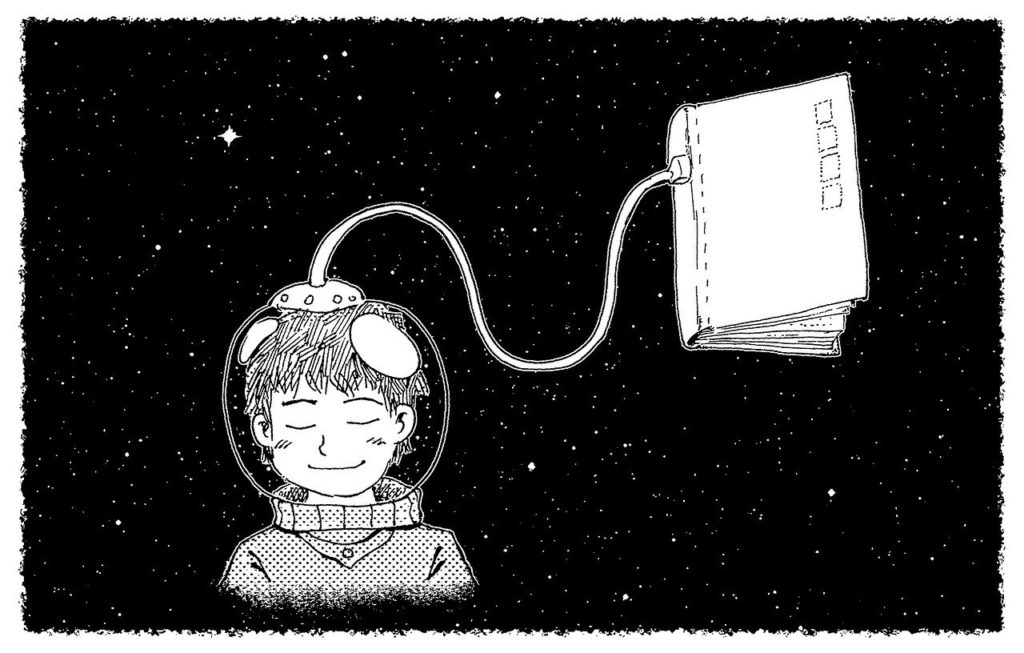
It seems to be clear that bringing a certain text aiming both to apply some of the reading techniques and teach vocabulary cannot remain at the core of any class if themes and possible traits which may be appealing to students are overlooked. Thus, the experience of a teaching-learning process which prioritizes textual genres led us to the Common National Curriculum Base – the BNCC (BRASIL, 2017), whose assertions concerning English teaching point to going beyond the development of language skills, contributing indeed to the education of critical and transforming students, able to make contributions in a globalized and plural world.
Yet, it is important to point out what Leo Tolstoi has once quoted: “Everyone thinks of changing the world, but no one thinks of changing himself” (2016). In other words, as a part of the school curriculum, English should, prior to all other functions it may assume, make students look at themselves; understand what they see; like it, and take all the opportunities to appreciate it even more, adding to the initial impressions the sign of somebody who is conscious of their role not only in a world, but also (mainly?) in a home, a neighborhood, and a community that claims for participation and, above all, innovation, improvement… and, of course, change!
Having established this, it is difficult to escape from the cliche: reading different texts is the best way to read oneself – and figuring oneself out is of pivotal importance to placing them in the world as well as making them aware of their own potential and responsibilities. All this, resorting to the BNCC, is supposed to be reached through the addition of a fifth scope to the speaking, listening, reading and writing competences naturally linked to English teaching: the intercultural dimension.

This is the ambit in which students are led to “reflect on features inherent to the interaction among cultures (students’ own and those related to the other English speakers), favoring living, respect, overcoming of conflicts and valuing diversity among peoples” (BRASIL, 2017, p. 244). In addition to this, the document also urges teachers to develop interdisciplinar activities, once these stand for an extension of perspectives and possibilities for the understanding of different information and values, as well as the exercise of social protagonism.
And that is exactly when reading – the recipe of a typical Indian dish, some piece of news concerning a country that could be our own, a study about the possible origin of a habit we still have, as well as being attentive to hearsay about celebrities or taking a vocational test – means providing amazing opportunities to open the doors for subjects (themes) and subjects (students-actors). Knowledge is, surely, a progressive construction, with its start in the lines of diverse genres… and its end where no-one could tell. Well… English as a ‘tool’ (BRASIL, 2000), right?
Allowing the magic to take place by challenging learners’ reasoning and mediating personal interaction, teachers should promote action instead of mere transmission; therefore, building takes place obliterating acceptance. Recalling the first thought here aroused, some hours spent on the internet can – when one is willing to learn – bring varied and significant information. The same may happen in an English class, since sources and receptors are there, leaving the act of learning (language, about oneself, of others, etc.) to the connection between them.

For Vargas Llosa, “Reading is a protest against the insufficiences of life” (2010); even being him only ten percent right (and he is certainly much more than this), imagine the extent and impact of the contribution reading may bring to any classroom, where any discipline is taught. Luckily, English teaching has its roots in reading countless genres, thus perpassing several areas that may be of (presente or future) students’ interest.
In brief, what is to be learned in an English class goes far beyond the language itself, making part of a group of things that are both meant by and meaningful to everything that concerns English. Thereby, working, and, besides that, exploring diverse genres in our classes is the ‘tool’ which the PCN once mentioned, and that invisibly set the tone for the BNCC: reading, developing competences, adding a new scope to these and being prepared to living with diference and able to make changes. It is possible, and also very interesting. Interesting? Hey… why not reading and talking about it in my next class?
* Fernando Bruno Antonelli Molina Benites é professor na Universidade Estadual do Paraná (Unespar). Doutorando em Ensino de Ciência e Tecnologia (UTFPR). Suas áreas de interesse são: ensino de língua e literatura, uso das TICs no ensino, letramento crítico e literário, análise de conteúdo em literatura, leitura comparada e interdisciplinaridade e intertextualidade. Lattes disponível em: <http://lattes.cnpq.br/7343217484621503>. E-mail: fernando.benites@ies.unespar.edu.br.
References
BRASIL. Ministério da Educação. Secretaria de Educação Média e Tecnológica. Base Nacional Comum Curricular. Brasília: MEC, 2017. Available in: http://basenacionalcomum.mec.gov.br/images/BNCC_20dez_site.pdf. Access: Jul. 24 2021.
______. Ministério da Educação. Secretaria de Educação Média e Tecnológica. Parâmetros Curriculares Nacionais (EM). Brasília: MEC, 2000.
LLOSA, M. V. Em defesa do Romance. In: Revista Piauí, n. 37, p. 64-69. Out. 2010. Available in: http://revistapiaui.estadao.com.br/edicao_37/artigo_1159/Em_defesa_do_romance.aspx. Access: Jun. 25 2020.
TOLSTOI, L. The Complete Works of Leo Tolstoi: Novels, Short Stories, Plays, Memoirs, Letters and Essays on Art, Religion and Politics. 2016. Available in: https://books.google.com.br/books?id=xX3yCwAAQBAJ&pg=PT6943&lpg=PT6943&dq=tolstoy+three+methods+of+reform+google+books&source=bl&ots=VCbFlPEGg1&sig=ACfU3U0mdn1hhyPLNs0xNTjifeeQvg5xHQ&hl=en&sa=X&ved=2ahUKEwih2PiTuIfzAhVhqZUCHeA4DKQQ6AF6BAgMEAM#v=onepage&q=tolstoy%20three%20methods%20of%20reform%20google%20books&f=false. Access: Sep. 17 2021.
Images:
https://pixabay.com/illustrations/fairy-tale-fantasy-dream-night-1077863/
https://pixabay.com/illustrations/ask-writing-who-what-how-why-2245264/
https://pixabay.com/illustrations/global-globalization-globe-hands-102448/



